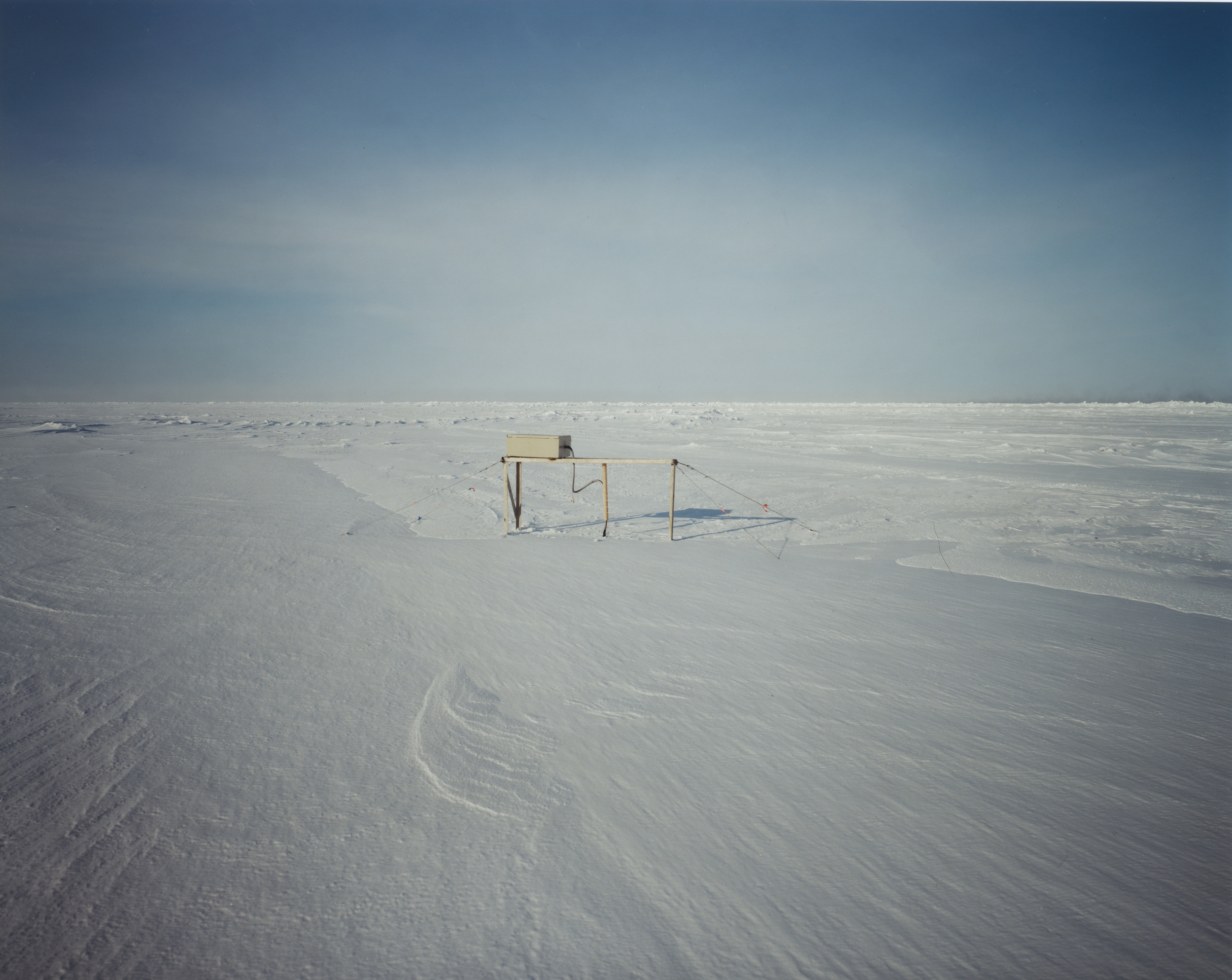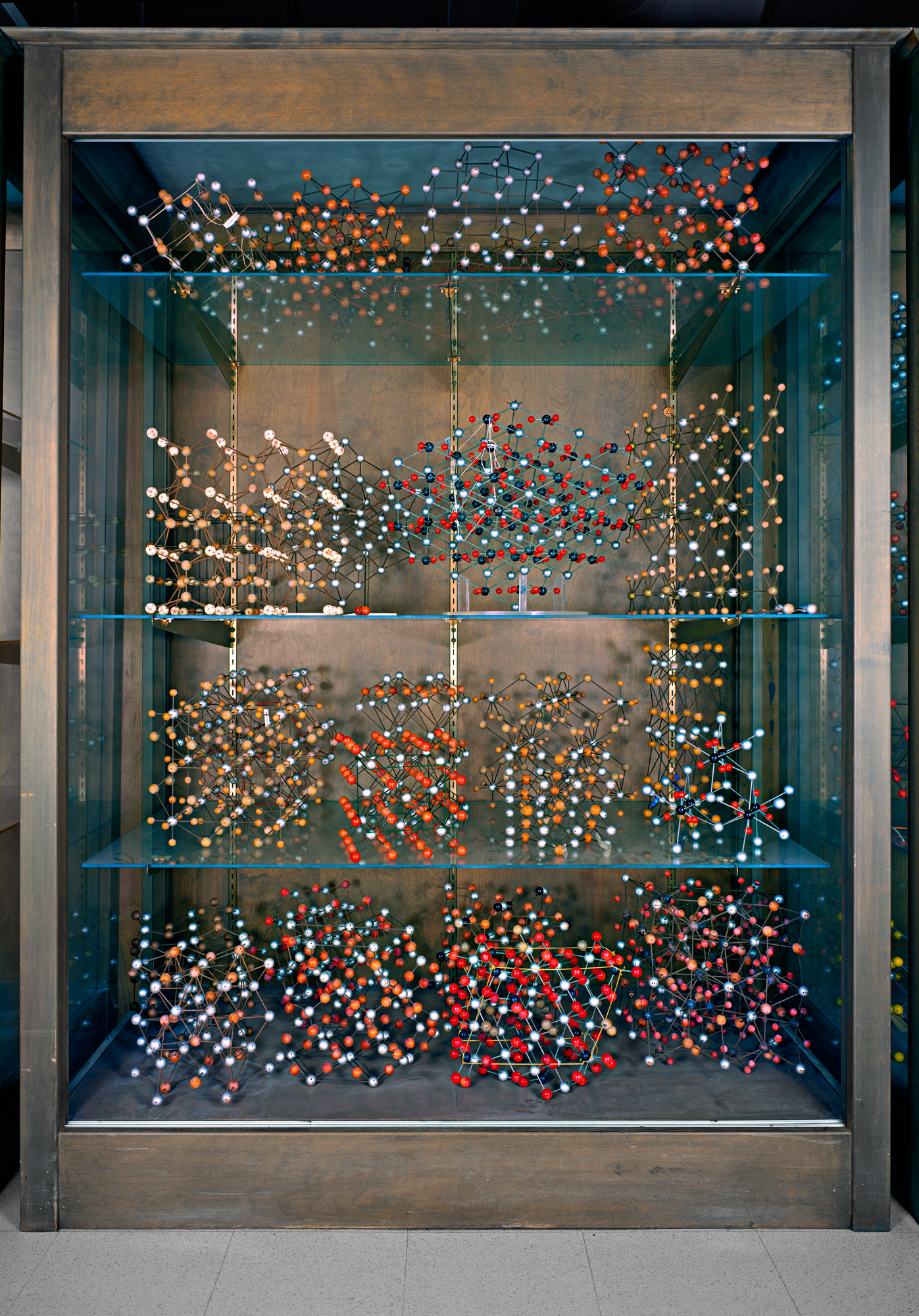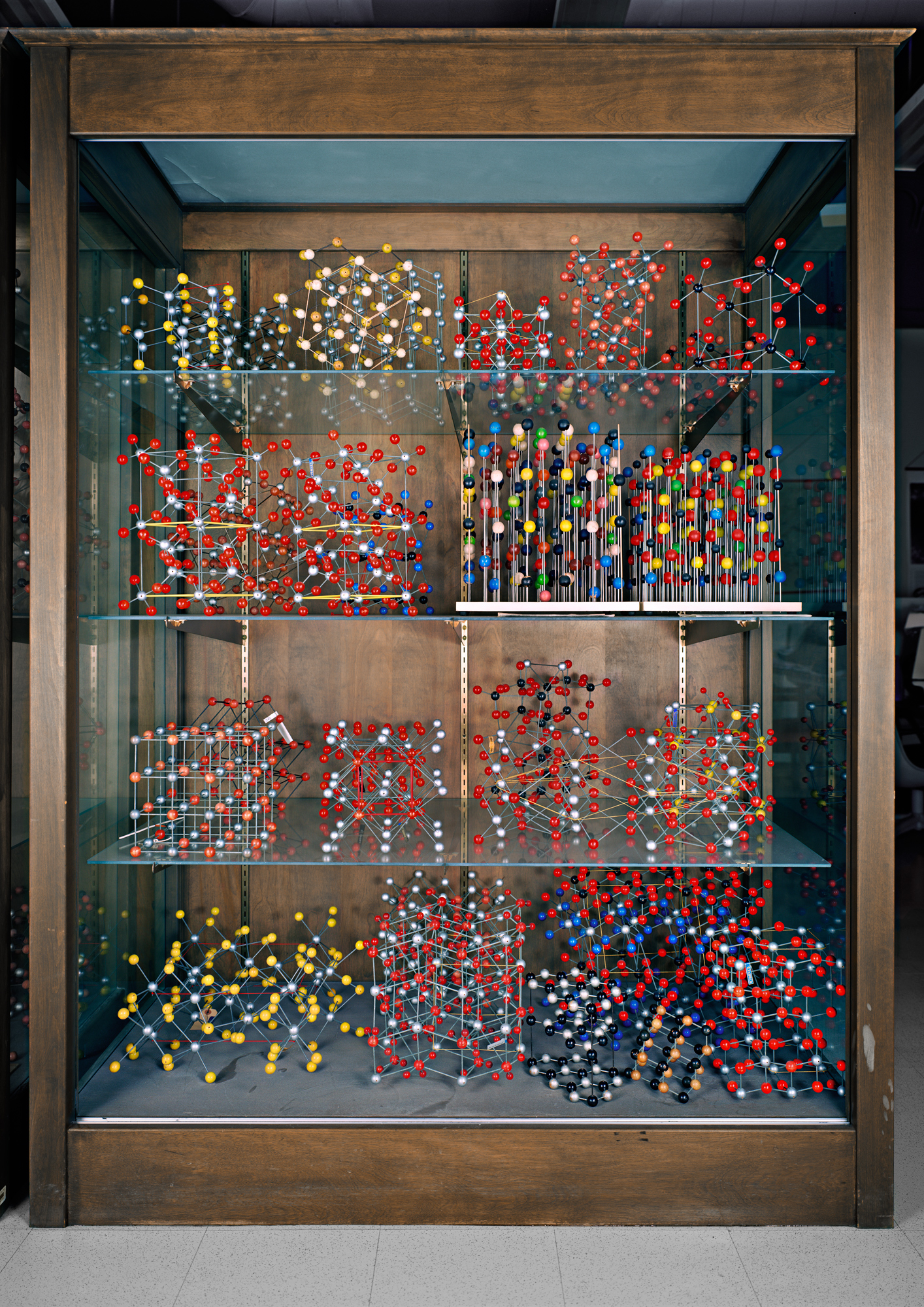Trilogy: Reflections on Frankenstein, the Arctic Circle and the History of Science
2003
Trilogy is a series composed of photographs taken in three distinct areas: scientific machines (Frankenstein), the Arctic Circle, and the History of Science. Mary Shelley’s novel Frankenstein (The Modern Prometheus) opens with a series of letters written by Arctic explorer Robert Walton, who was engaged in a personal quest to expand the boundaries of the known world. It is Walton who first encounters Victor Frankenstein in the Arctic, desperately searching for the monster he has created. The explorer becomes the only person to hear Victor Frankenstein’s strange and tragic tale.
FRANKENSTEIN
The contemporary “Frankenstein monsters” pictured in this series are ultra-high vacuum chambers used in designing, constructing and operating state-of-the-art electron accelerators and related experiments in high-energy physics and synchrotron radiation research. There is a sense of beauty and a human quality to these machines that can also appear as monsters with multiple arms or numerous sets of eyes.
THE ARCTIC CIRCLE
The suite of modern day Frankenstein images are juxtaposed against photographs of the Arctic Circle, a phenomenological, and still largely inaccessible landscape with a specific set of conditions, a vast sense of scale, and a unique system of order. These Arctic ice landscapes offer visual evidence of the boundaries of the far North, touching at once on the limits and nature of human accountability, social alienation, and even life itself.
THE HISTORY OF SCIENCE
These photographs of scientific models from the 1950s recall how we have learned about science based upon an abstracted visual model. They interest me as antiquated methods of transmitting knowledge. The cabinets store basic foundations for the examination of life and the mastery of the physical universe.















